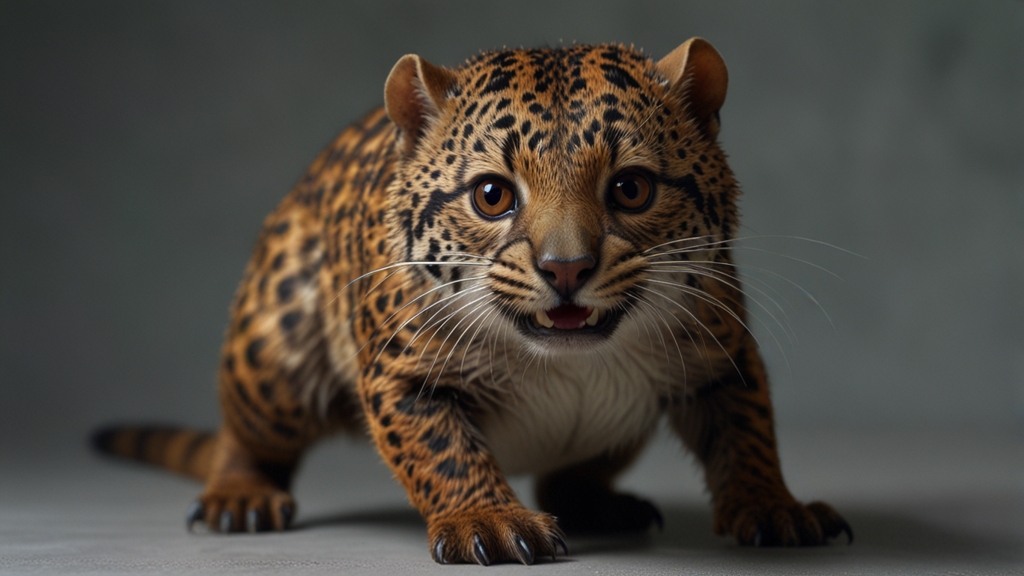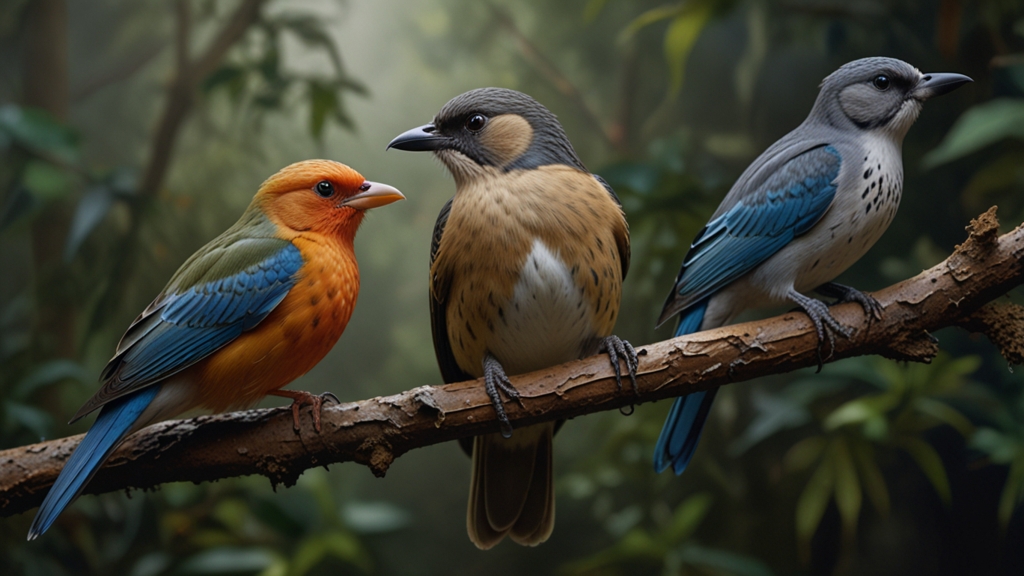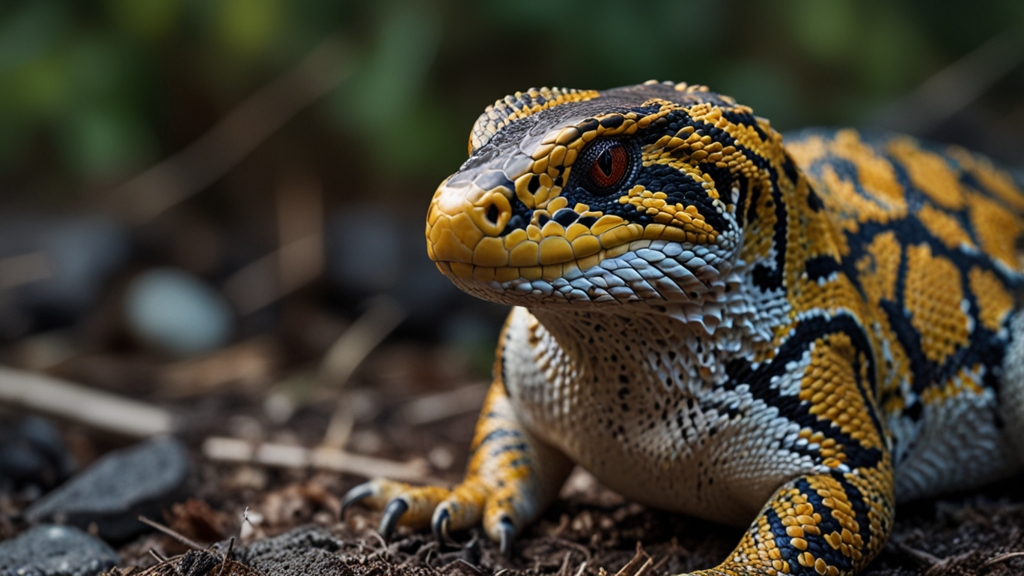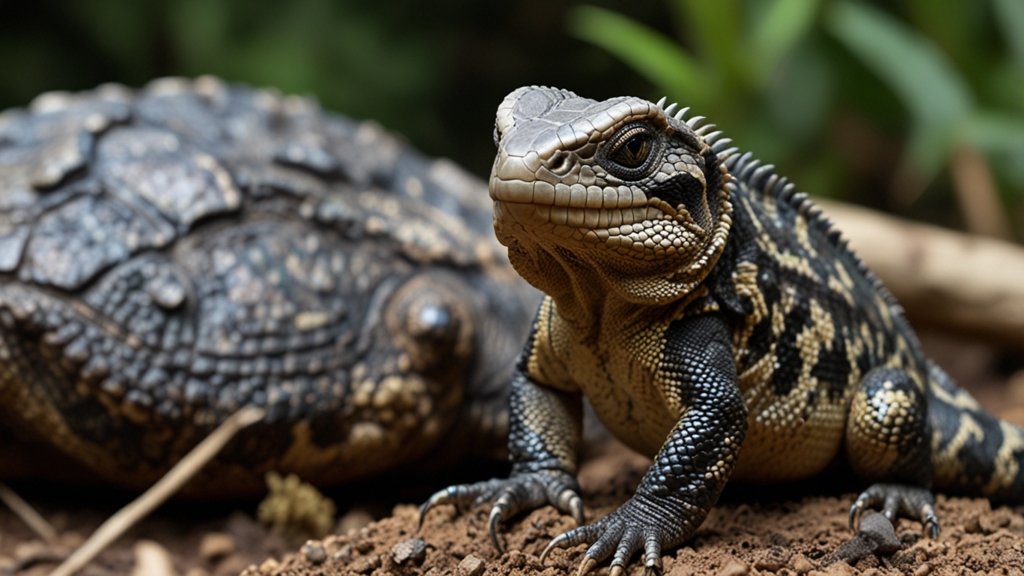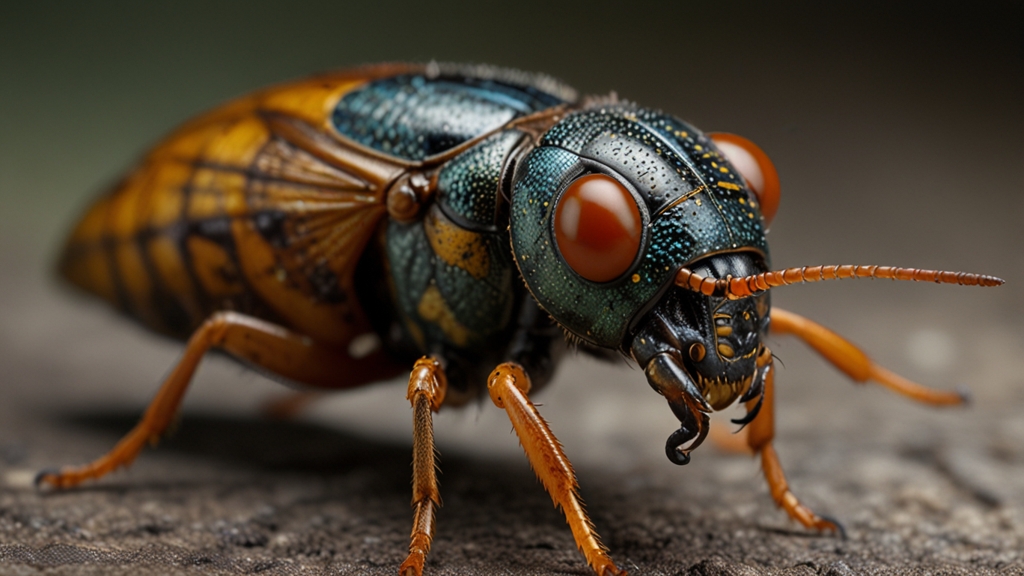Bizarre Mammals You Never Knew Existed
When we think of mammals, familiar images of cats, dogs, deer, and elephants often come to mind. However, the mammalian kingdom is full of peculiar and extraordinary species that defy common expectations. Here’s a dive into some of the most bizarre mammals you might never have heard of, each one showcasing the incredible diversity of life on Earth.
The Aye-Aye
Native to Madagascar, the Aye-Aye (Daubentonia madagascariensis) is a species of lemur that stands out due to its unique foraging method and unusual appearance. This nocturnal animal features large, beady eyes, bat-like ears, and elongated middle fingers, which it uses to tap on tree bark and locate insects. Once an insect is located, the Aye-Aye uses its rodent-like incisor teeth to gnaw into the wood and then extracts its meal with the skeletal middle finger.
A creature that has long since been a subject of local folklore, the Aye-Aye is often considered a harbinger of bad luck, leading to its persecution and contributing to its endangered status.
The Platypus
The Platypus (Ornithorhynchus anatinus), hailing from Australia, is one of the most unusual mammals due to its mix of reptilian and mammalian features. This egg-laying mammal has a duck-bill, webbed feet, and a beaver-like tail. Apart from its strange appearance, the platypus is also equipped with venomous spurs on the males' hind limbs, which can deliver a painful sting potent enough to incapacitate smaller animals and cause severe discomfort in humans.
The Star-Nosed Mole
The Star-Nosed Mole (Condylura cristata) is another fascinating mammal that breaks the mold of conventionality. Found in wet lowland areas of North America, this small, burrowing animal is identifiable by the star-shaped set of appendages at the end of its snout. These 22 tentacle-like structures are highly sensitive and serve as touch receptors, allowing the mole to detect prey with astonishing speed and accuracy.
The sensory appendages of the Star-Nosed Mole contain over 25,000 mechanoreceptors, helping it to "see" the world through touch, making it one of the most sensitive mammalian touch organs known to science.
The Red River Hog
Roaming the forests and savannas of West and Central Africa, the Red River Hog (Potamochoerus porcus) is as striking in appearance as it is in behavior. Characterized by its vibrant reddish-orange fur, white facial markings, and prominent tufted ears, this nocturnal omnivore is known for its agile foraging skills. Although primarily herbivorous, it doesn't shy away from scavenging small animals and insects.
The Saiga Antelope
The critically endangered Saiga Antelope (Saiga tatarica) might initially seem like a typical antelope, but a closer look reveals an incredibly unique nasal structure. Its bulbous, flexible nose helps filter dust during migrations and warms cold air in the winter. Found primarily in the steppes of Central Asia, the Saiga's population has faced severe declines due to habitat loss, poaching, and disease outbreaks.
Efforts are underway to save the Saiga Antelope, with conservation programs focusing on habitat protection and anti-poaching measures, aiming to restore its numbers across its native range.
From nocturnal hunters and aquatic oddities to forest dwellers and steppe roamers, these bizarre mammals embody the marvels of evolutionary adaptation. Their unique characteristics do not just highlight the diversity of the mammalian world but also underscore the importance of protecting these intriguing creatures to maintain biodiversity. Each of these mammals tells a story of survival against the odds and continues to fascinate scientists and nature enthusiasts alike.
